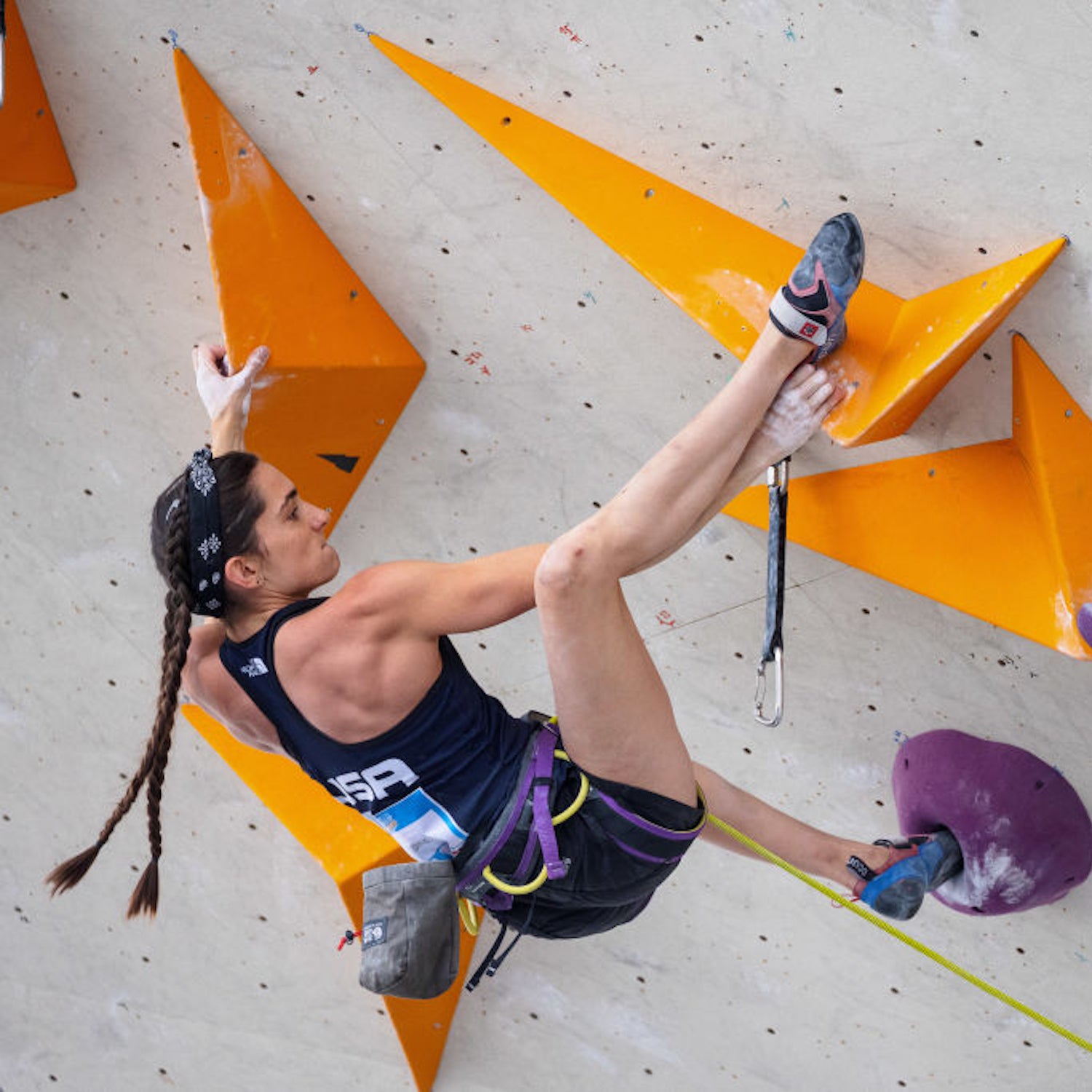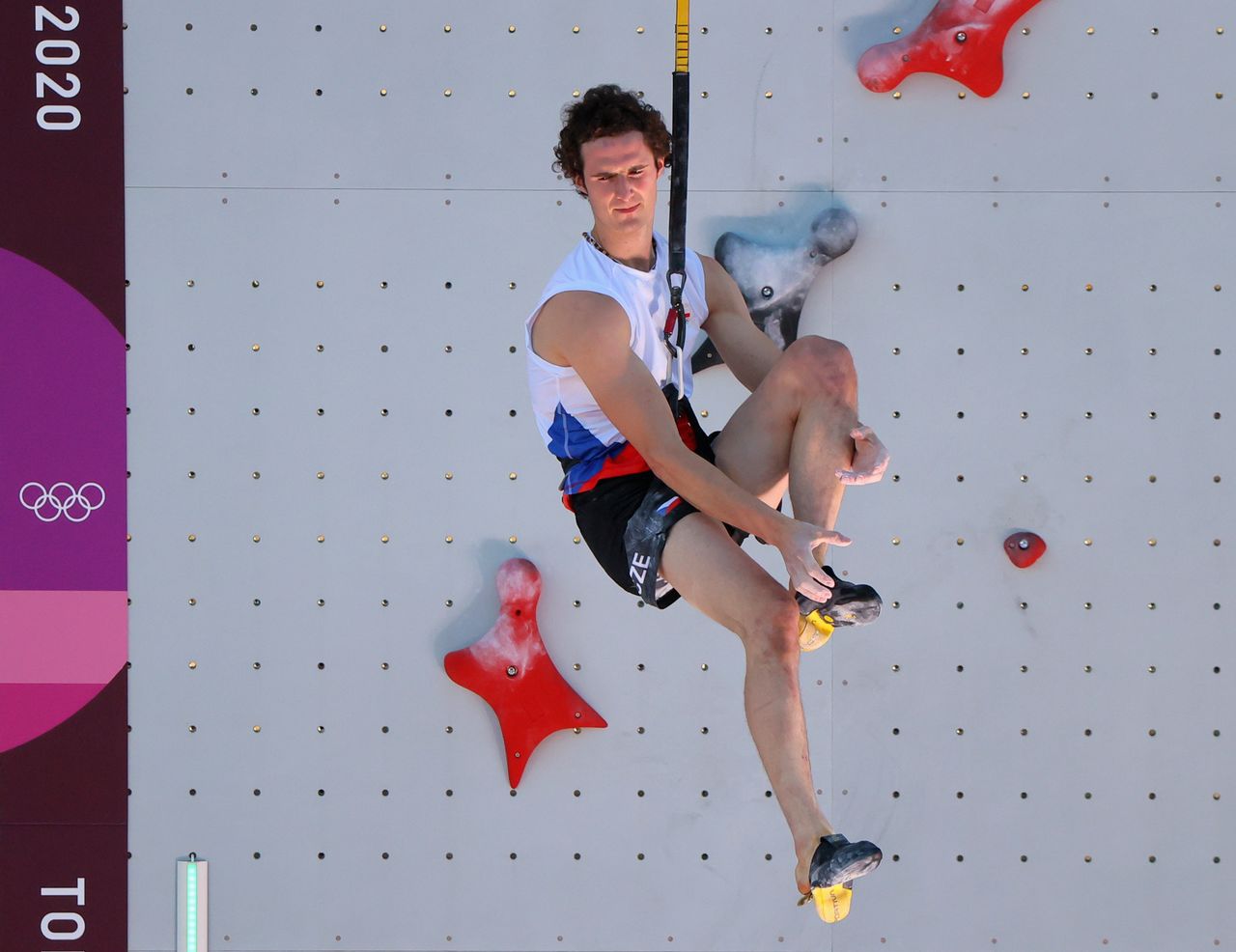Sport Climbing’s Rise to Olympic Inclusion

The inclusion of sport climbing in the 2020 Tokyo Olympics marked a significant milestone for the sport, catapulting it onto the global stage and propelling its growth to unprecedented levels. This inclusion was not an overnight decision, but rather a culmination of years of dedication, advocacy, and a growing recognition of sport climbing’s inherent qualities.
Factors Contributing to Sport Climbing’s Olympic Recognition
The recognition of sport climbing as an Olympic sport was driven by a confluence of factors, each contributing to its rise in prominence and its eventual inclusion in the Games.
- Growing Popularity and Global Participation: Sport climbing experienced a surge in popularity throughout the late 20th and early 21st centuries, attracting a diverse and passionate community of climbers worldwide. This widespread participation, particularly in Europe and North America, demonstrated the sport’s potential for global appeal and its ability to resonate with a broad audience.
- Technical Advancements and Standardization: The development of standardized climbing routes and safety equipment, such as harnesses, ropes, and belay devices, played a crucial role in making sport climbing more accessible and safer. This standardization facilitated the development of a competitive framework and allowed for fair and consistent judging across different events and locations.
- Professionalization and International Competitions: The establishment of professional climbing organizations, such as the International Federation of Sport Climbing (IFSC), and the organization of international competitions, such as the Climbing World Championships, contributed to the sport’s professionalization and its recognition within the global sporting community. These competitions showcased the skills, athleticism, and competitive spirit of climbers, attracting a wider audience and increasing media attention.
- Advocacy and Lobbying Efforts: The tireless efforts of climbing organizations, athletes, and enthusiasts played a vital role in advocating for sport climbing’s inclusion in the Olympics. They actively lobbied the International Olympic Committee (IOC) and other key stakeholders, highlighting the sport’s unique qualities, its potential for global growth, and its appeal to a younger generation of athletes.
Combined Format and Competition Structure: Sport Climbing Combined Olympics Google

The combined format of sport climbing in the Olympics represents a unique blend of three distinct disciplines: lead climbing, bouldering, and speed climbing. This format was introduced to showcase the diverse skills and challenges inherent in the sport.
Sport climbing combined olympics google – The combined format aims to crown a single overall champion, requiring athletes to excel across all three disciplines. This format emphasizes versatility and well-rounded skills, ensuring that athletes who excel in one discipline cannot solely rely on that strength to secure victory.
Scoring System and Ranking Criteria, Sport climbing combined olympics google
The scoring system in the combined format is designed to reflect the relative difficulty and importance of each discipline. Athletes earn points based on their performance in each discipline, with these points being combined to determine the overall winner.
- Lead Climbing: In lead climbing, athletes attempt to climb as high as possible on a challenging route within a set time limit. Points are awarded based on the height reached, with higher climbs earning more points. The athlete who reaches the highest point on the route wins the discipline.
- Bouldering: Bouldering involves climbing short, challenging routes without ropes. Athletes attempt to complete a set number of problems within a time limit. Each completed problem earns points, with more difficult problems earning more points. The athlete who completes the most problems or earns the highest score wins the discipline.
- Speed Climbing: Speed climbing focuses on climbing a standardized route as quickly as possible. The athlete with the fastest time wins the discipline.
To determine the overall winner, the points earned in each discipline are combined. The athlete with the highest total points across all three disciplines is declared the overall champion. This system ensures that athletes must perform well across all disciplines to be successful.
Comparison with Traditional Sport Climbing Competitions
The combined format differs significantly from traditional sport climbing competitions, which typically focus on a single discipline. In traditional competitions, athletes specialize in one specific discipline, allowing them to hone their skills and techniques in that area.
- Focus: Traditional competitions prioritize specialization, while the combined format emphasizes versatility and well-rounded skills.
- Scoring: Traditional competitions typically have separate scoring systems for each discipline, while the combined format uses a single scoring system that combines points from all three disciplines.
- Competition Structure: Traditional competitions often involve multiple rounds, with athletes competing against each other in a single discipline. The combined format typically involves a single round, where athletes compete in all three disciplines within a short timeframe.
Challenges and Opportunities for the Future

Sport climbing’s inclusion in the Olympics presents both challenges and opportunities for its future development. While the sport has enjoyed a surge in popularity and exposure, it faces unique hurdles in maintaining its Olympic status and ensuring its long-term growth within the framework of the Games.
Maintaining Olympic Status
The inclusion of sport climbing in the Olympics has undoubtedly boosted its global recognition and participation. However, to ensure its continued presence on the Olympic stage, the sport must address several key challenges.
- Maintaining Audience Interest: The combined format, while innovative, might not hold the same appeal for spectators accustomed to traditional climbing disciplines. Maintaining audience interest and excitement requires a continuous evolution of the format, potentially incorporating new disciplines or tweaking the existing ones.
- Balancing Difficulty and Accessibility: Striking a balance between challenging climbs that showcase athletic prowess and accessible routes that engage a wider audience is crucial. This delicate balance ensures both elite athletes and aspiring climbers find the sport engaging, fostering participation at all levels.
- Ensuring Fair Competition: The combined format, with its three disciplines, presents a unique challenge in ensuring fairness across different skillsets. The International Federation of Sport Climbing (IFSC) must establish clear and transparent rules and scoring systems to minimize bias and ensure a level playing field for all competitors.
- Promoting Gender Equality: The sport has historically seen a significant gender gap in participation. The Olympics offer a platform to showcase the talents of both male and female climbers, but fostering a truly inclusive environment requires ongoing efforts to address gender imbalances in participation and representation.
Opportunities for Growth and Development
The Olympic spotlight presents a unique opportunity for sport climbing to expand its reach and impact.
- Global Expansion and Participation: The Olympics can serve as a catalyst for expanding sport climbing’s footprint in new regions and demographics. This can be achieved by supporting the development of climbing infrastructure, promoting grassroots programs, and providing training opportunities for athletes from diverse backgrounds.
- Increased Funding and Resources: Olympic inclusion brings increased funding and resources, allowing the sport to invest in athlete development, coaching programs, and research. This investment can lead to advancements in training techniques, safety protocols, and overall athlete performance.
- Enhanced Technological Innovation: The Olympic platform provides a stage for showcasing technological advancements in climbing equipment and safety measures. This can stimulate innovation in areas like climbing shoes, ropes, and safety harnesses, ultimately benefiting both professional and recreational climbers.
- Strengthening the Sport’s Governance: Olympic participation necessitates robust governance structures and ethical practices. This provides an opportunity for the IFSC to further refine its rules, regulations, and anti-doping policies, ensuring the integrity and credibility of the sport.
Potential Changes to the Combined Format
While the current combined format has proven successful, the sport’s future development might require adjustments to ensure its long-term viability and appeal.
“The combined format has been a great way to showcase the diversity of climbing, but we need to constantly evaluate its effectiveness and make adjustments based on feedback from athletes, coaches, and spectators.” – [Name of IFSC Official]
- Introducing New Disciplines: Exploring the inclusion of other climbing disciplines, such as bouldering or speed climbing variations, could enhance the format’s diversity and appeal to a wider audience.
- Adjusting Scoring Systems: Fine-tuning the scoring system to better reflect the nuances of each discipline and the overall athletic performance could enhance fairness and reduce potential biases.
- Streamlining the Competition Structure: Optimizing the competition structure, perhaps by reducing the number of rounds or simplifying the qualification process, could make the event more engaging for both athletes and spectators.
A quick search for “sport climbing combined olympics google” will yield a plethora of information about the sport’s inclusion in the 2020 Tokyo Games. However, to truly understand the dynamic nature of this new combined format, it’s essential to watch a sport climbing combined olympics video.
Witnessing the athletes navigate the three disciplines – speed, bouldering, and lead – in real-time provides a deeper appreciation for the strategic considerations and physical prowess required for success in this multifaceted competition.
The inclusion of sport climbing in the combined Olympics in 2020 generated significant global interest, prompting many to explore the sport’s intricacies. This heightened awareness has also led to an increased demand for specialized climbing gear and apparel, often found in local outdoor stores or, for those seeking a broader selection of climbing-related products, a visit to an indian store near me may be an unexpected but rewarding option.
This growing popularity underscores the potential for sport climbing to become a more prominent and accessible activity, fostering a greater appreciation for its technical challenges and rewarding experiences.